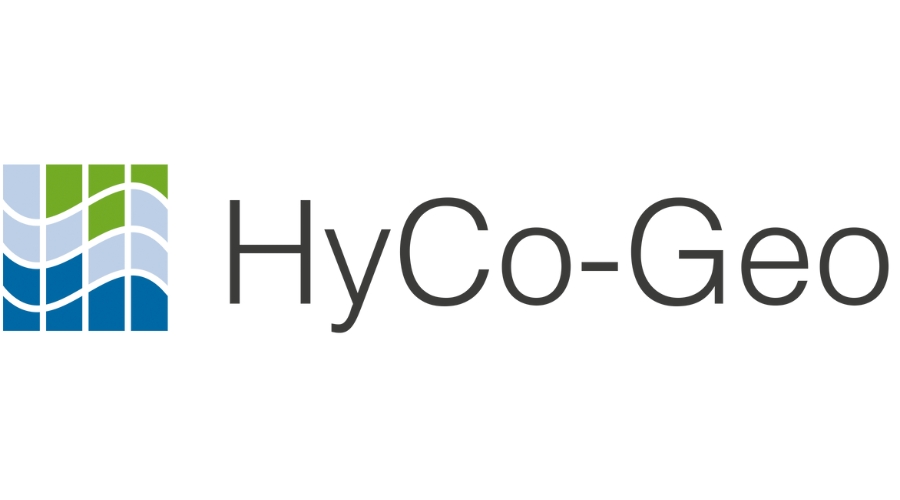River Living Lab
Successful application for the ERS Seed Fund Call "Collaborating in Living Labs"

In short
Set up at wastewater treatment plants in the north of Aachen along the river Wurm
Long-term trends in water chemistry, pollution of floodplain sediments, and general sediment dynamic
interdisciplinary cooperation between geosciences, organic chemistry and urban water management (joint initiative: Frank Lehmkuhl (PGG), Simone Lechthaler (ISA) and Jan Schwarzbauer (LEK))
Project partners and principal investigators
Institute of Environmental Engineering (www.isa.rwth-aachen.de)
Chair of Physical Geography and Geoecology (www.pgg.rwth-aachen.de)
Chair of Organic Biochemistry in Geo-Systems (www.lek.rwth-aachen.de)
Current state of research
The human influence on riverine systems goes back thousands of years and has intensified ever since. This led to the formation of socio-hydrology, even creating the concept of a hydro-social cycle. It underlines the importance of accounting for social aspects in modern hydrological research in densely populated areas. The interlinkages between society and rivers are diverse because humans shape rivers through their needs. This leads to intense influences, to which rivers adapt. However, the resulting changes in the river system may affect society’s demands, which further alternates the river. Moreover, hydrological research urgently needs to rethink its way of approaching real-world environmental modeling. Ongoing changes due to shifting anthropogenic and climate drivers make simple input-output-relationships outdated. Therefore, holistic, more complex models with in-depth knowledge of processes and interactions are greatly needed.
Catchment area and study sites
The 354 km² covering Wurm catchment is located in the West of Germany. The Wurm rises in the Aachen forest and subsequently flows through the city of Aachen, where the river is mostly piped. In the north of Aachen the river resurfaces and flows through the “Aachen-Limburger-Hügelland” and the “Jülicher Börde” until it finally after 57 km discharges into the Maas. The Wurm is strongly influenced by anthropogenic activities: Carboniferous striking out in the valley built the basis for coal mining activities lasting for centuries long. Moreover, the river is the main way of sewage discharge for the city of Aachen. Today, several wastewater treatment plants discharge into the Wurm. Landuse within the Wurm catchment is generally dominated by farmland. However, looking only on the part upstream from the selected sampling points, there is a strong dominance of residential areas. This further underlines the strong anthropogenic pressure on the river. The Wurm is a coarse material-rich siliceous low mountain stream until Übach-Palenberg, where it enters the lowlands and switches to a gravel-dominated lowland river.
The Wildbach river rises in the north of Aachen near Laurensberg at the famous “Sieben Quellen” (translates to ‘seven springs’) and flows for about 6 km through Aachen Soers and finally discharges into the river Wurm about 6 km downstream of the Soers sewage treatment plant. In contrast to most of Aachen’s streams, its course is still mostly open and unpiped. However, as several mills for industrial use (e.g., the clothing industry) were installed along the river, its course is severely straightened apart from a short reach downstream of the spring. The watercourse is a fine-material-rich carbonate low mountain stream.
Goals and Approach (methodology)
The investigation of the anthropogenic impact on micro scale river systems and its effect on meso-scale systems requests an interdisciplinary, complementary approach that combines common methods from geomorphology, organic chemistry, hydrological engineering and fluvial morphology clearly demonstrating the multidisciplinary potential of this research area. The corresponding living lab represents a multidisciplinary platform to study comprehensively anthropogenic activities and related impacts on a riverine microscale level. In general, the River Living Lab provides a unique opportunity to study on a long-term scale the relationship and impacts of micro-catchments on their superior river systems following the approach ‘from point to area’.
Based on interdisciplinary investigations, the gradients of potentially toxic trace elements, organic contaminants and the human impact on fluvial morphology are addressed. In more detail, the following processes are subject to investigations within the frame of the proposed River Living Labs:
Flood-induced particle-associated transport of anthropogenic contamination
Quantitative high-dynamic particle transport
Hydrology of flood events in micro- to mesoscale river systems
Short-term impact of sewage effluents (combined and wastewater) on water quality; especially with regard to changes due to the retention soil filter
Research hypothesis
The basic scientific hypotheses for establishing a Micro-Scale River Living Lab are:
An unambiguous and accurate attribution of anthropogenic contamination in fluvial flood plain archives to emission sources in corresponding river systems is only feasible starting from the micro-catchment level
The interaction between micro- and meso-catchments has to be considered in time and space by taking into account the historical evolution of both micro- and meso-catchments
This is only achievable by a complementary and interdisciplinary approach covering fluvial morphology, geochemistry, and hydro-engineering.
Development of a hydrological River Living Lab
- Preparatory workshop (March 2022) for practical implementation in the ABC/J Geoverbund
- Estimation of anthropogenic influence on fluvial sediment dynamics and pollutant loads in a mesoscale river system
- Interdisciplinary cooperation between geosciences, organic chemistry and urban water management, as well as with external stakeholders
- Incorporation into teaching (excursions, theses)
- https://www.pgg.rwth-aachen.de/cms/PGG/Der-Lehrstuhl/Aktuelle-Meldungen/~xtzxm/Neues-Projekt-River-Living-Lab-Lookin/
